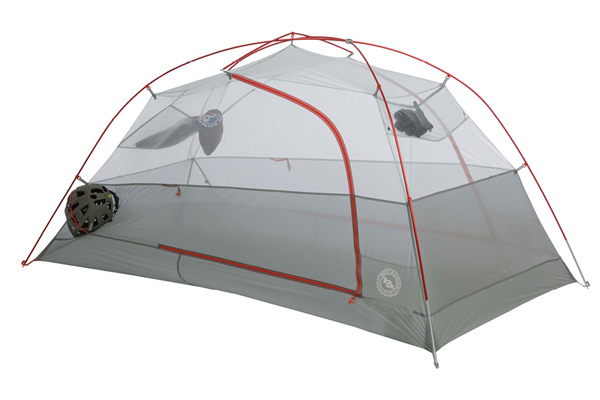
The transport of proteins is a key function of Rab proteins in eukaryotic cell trafficking. They are crucial in the regulation of vesicle budding and fusion, as well as endocytic or exocytic transportation. They also interact to other Rab-associated protein proteins to regulate their activation. Rabs are also implicated in docking lipid bilayer-vesicles.
The Rab family is made up of at most 60 different proteins. Some are genetically conserved while others evolved to fulfill more specific functions. These proteins are responsible in membrane trafficking. They share a common GTPase function. They can bind and activate GDP (guanine diphosphate), which is a precursor of guanine nucleotide (GTP), hydrolysis. The active forms of Rabs are preferentially GTP-bound. Some Rab proteins can switch to a GDP-bound state, however. GTP-bound forms also have enhanced affinity for effectors.

The Rab family includes a large number of small guanosine triphosphatases. Most of the Rabs are expressed in all cell types, but a few are specialized in particular pathways. The Rab3A protein is found in synapses as well as neurons. While the Rab8 protein is somatodendritic, it can be found in neurons. Some Rabs are involved with the transport of cholesterol and sphingolipids. Other Rabs are involved in membrane fusion, cytoskeleton, and the formation of cytosolic glycoprotein.
The Ras superfamily has the largest branch, the Rabs. They bind and activate the guaninediphosphate and participate in regulation of vesicle fusion, vesicle growth and endocytic travel. Some Rabs are specialized in cellular processes, while others are essential for eukaryotic survival. They play a key role in the development of many human diseases. This review will focus on recent advances in understanding the etiology and pathogenesis of Rab-related disease. Future studies will focus on the roles of Rab family members in various cell types.
Rabs have a high degree of mobility and are involved in many pathways. In fact, their ability to interact with other Rab-associated proteins is crucial to their function. Apart from controlling the movement of vesicles Rabs could also be responsible docking and fusion lipid bilayer-vesicles. There are several other accessory Rab proteins such as GDI or GEF. These proteins promote Rab GTPase activity. These proteins aid Rabs to switch between GTP and GDP-bound states.
For vesicle transportation, Rabs are necessary. However, defects in their function can lead to multiple factors. A lack of Rab27a has been linked to hemophagic disorder, pigment anomalies, and Xlinked-non-specific mental retardation. It is also believed that impaired Rabs can lead to neurotransmitter dysregulation, eye defects, and disturbed immune function. Due to deficiencies in the Rab cycle, inherited disorders such as vesicle traficking are on the rise. Common pathogenic mechanisms could be identified and improved diagnostics. These studies could also lead to the development of therapeutic agents.

Rabs also play a crucial role in brain development. Rab3A is an essential component of human brain function. It is found in neurons as well as platelets. The trafficking of melanosomes is also dependent on the Rab27a/Mlph/MyoVa combination.